

Torun
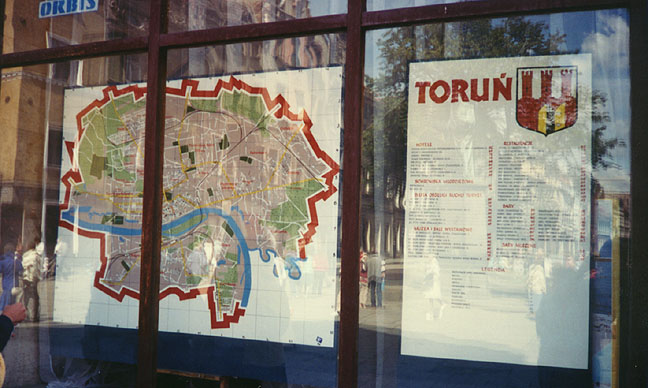
Torun
Toruñ
, city and port in central Poland, capital of Toruñ Province, on the Wis³a River. A road and rail hub, the city is also an industrial center, with manufactures including chemicals (especially fertilizers), textiles, machinery, tools, armatures, and furniture and wood products. Toruñ has been famous for its honey cakes and gingerbread ever since the Middle Ages.
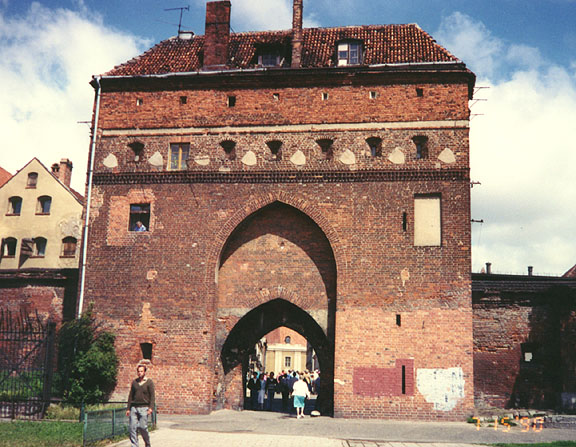
city gate
Preserving many medieval Gothic and baroque buildings, the old city still has a leaning tower, gates, and walls along the river. Among the old buildings of interest are the rebuilt town hall (13th-14th century), containing a museum; the churches of Saint John, Our Lady, and Saint James; ruins of a castle of the Teutonic Knights (1231); an ethnographic museum housed in a former arsenal; the Pomeranian Theater; and Gothic and baroque mansions.
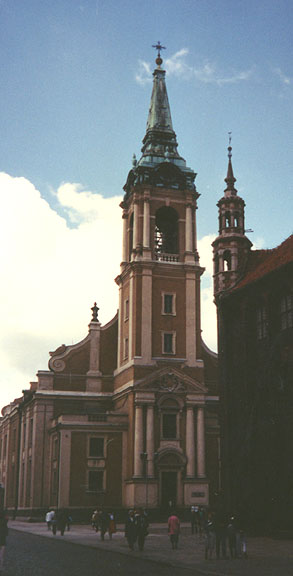
church
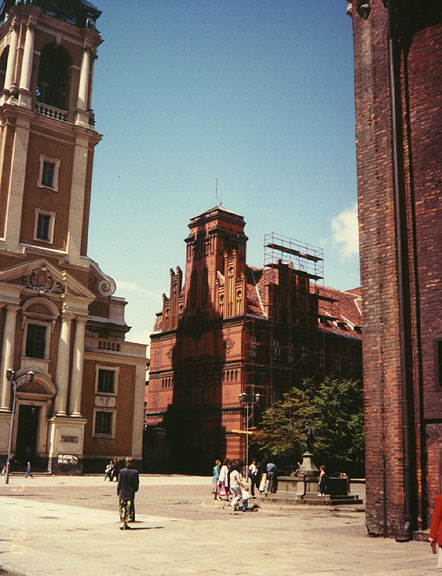
shadow of the church steeple
In Toruñ is a university named for the Polish astronomer Nicolaus Copernicus, born in the city. Toruñ was chartered in 1233. The treaties of 1411 and 1466 signed in the city placed the Teutonic Knights under Polish rule. In 1595 and 1645 religious synods were held in the city. The city was under German rule for most of the 19th century and during World War II (1939-1945), when it was called Thorn. From 1919 to 1939 Toruñ was the capital of the Polish province of Pomorze. Population (1997 estimate) 205,800.
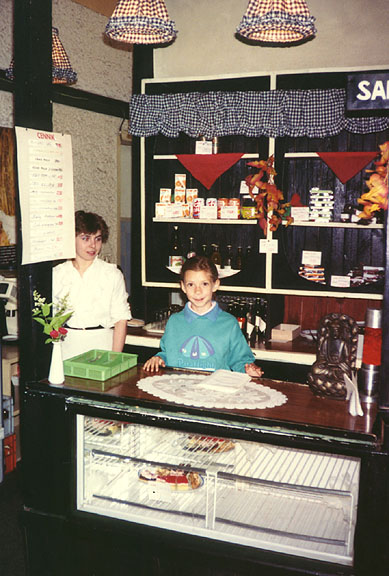
a shop
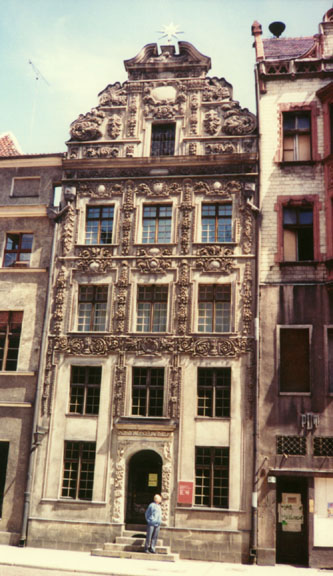
ornate building
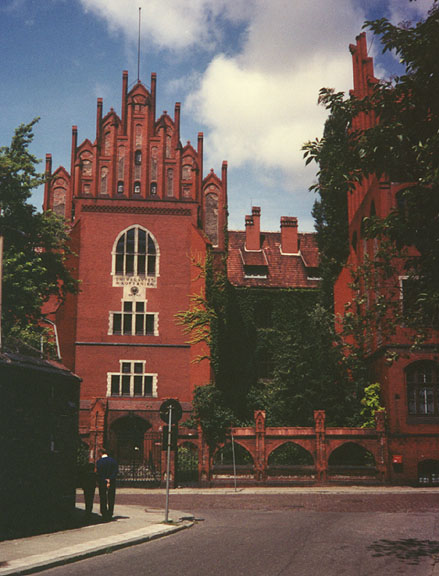
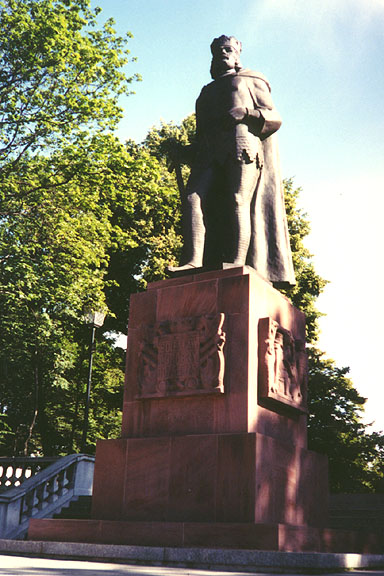
local ruler
![]()
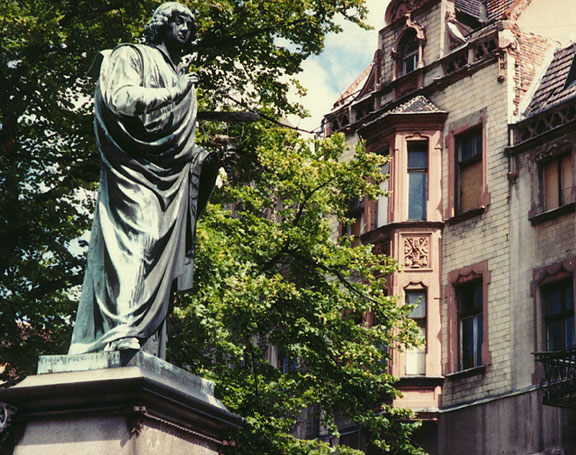
Copernicus
Copernicus was born on February 19, 1473, in Thorn (now Toruñ), Poland, to a family of merchants and municipal officials. Copernicus's maternal uncle, Bishop £ukasz Watzenrode, saw to it that his nephew obtained a solid education at the best universities. Copernicus entered Jagie³³onian University in 1491, studied the liberal arts for four years without receiving a degree, and then, like many Poles of his social class, went to Italy to study medicine and law. Before he left, his uncle had him appointed a church administrator in Frauenberg (now Frombork); this was a post with financial responsibilities but no priestly duties.
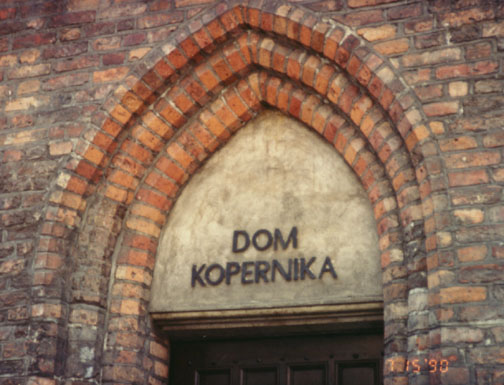
In January 1497 Copernicus began to study canon law at the University of Bologna while living in the home of a mathematics professor, Domenico Maria de Novara. Copernicus's geographical and astronomical interests were greatly stimulated by Domenico Maria, an early critic of the accuracy of the Geography of the 2nd-century astronomer Ptolemy. Together, the two men observed the occultation (the eclipse by the moon) of the star Aldebaran on March 9, 1497.
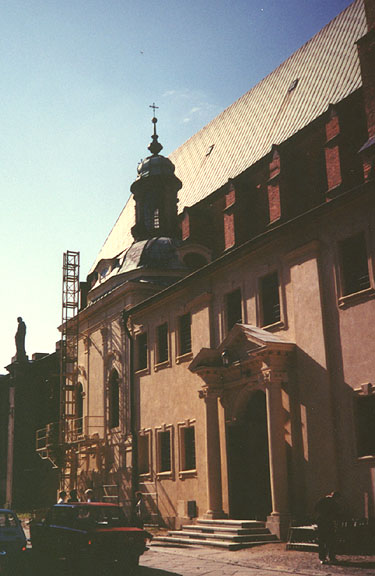
In 1500 Copernicus lectured on astronomy in Rome. The following year he gained
permission to study medicine at Padua, the university where Galileo taught
nearly a century later. It was not unusual at the time to study a subject at one
university and then to receive a degree from another—often less
expensive—institution. And so Copernicus, without completing his medical
studies, received a doctorate in canon law from Ferrara in 1503 and then
returned to Poland to take up his administrative duties.
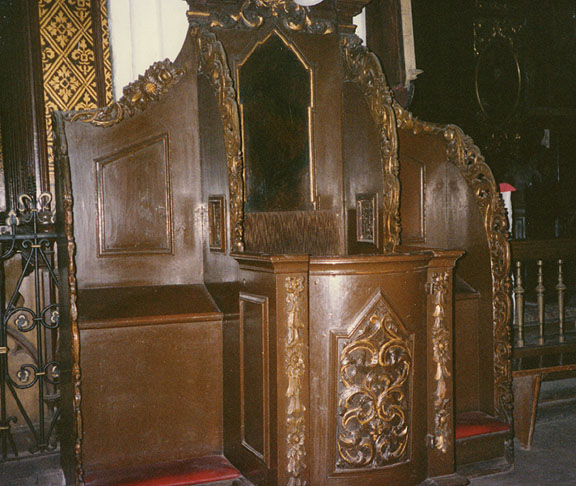
open confessional
From 1503 to 1510, Copernicus lived in his uncle's bishopric palace in Lidzbark Warminski, assisting in the administration of the diocese and in the conflict against the Teutonic Knights. There he published his first book, a Latin translation of letters on morals by a 7th-century Byzantine writer, Theophylactus of Simocatta. Sometime between 1507 and 1515, he completed a short astronomical treatise, De Hypothesibus Motuum Coelestium a se Constitutis Commentariolus (known as the Commentariolus), which was not published until the 19th century. In this work he laid down the principles of his new heliocentric astronomy.
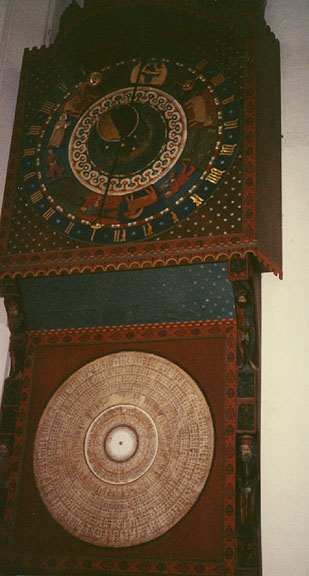
astronomical clock
After moving to Frauenberg in 1512, Copernicus took part in the Fifth Lateran Council's commission on calendar reform in 1515; wrote a treatise on money in 1517; and began his major work, De Revolutionibus Orbium Coelestium (On the Revolutions of the Celestial Spheres), which was finished by 1530 but was first published by a Lutheran printer in Nürnberg, Germany, just before Copernicus's death in 1543.
Text from Microsoft Encarta
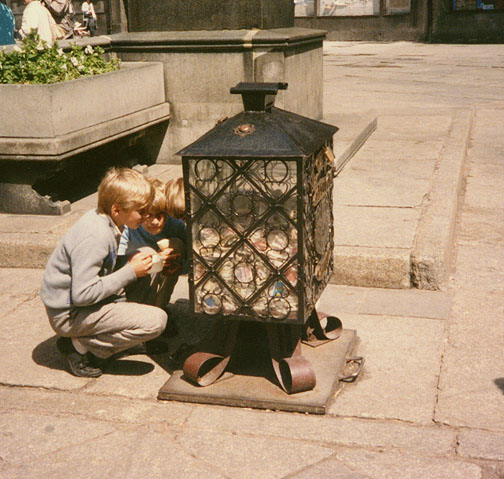
kids playing
![]()
![]()